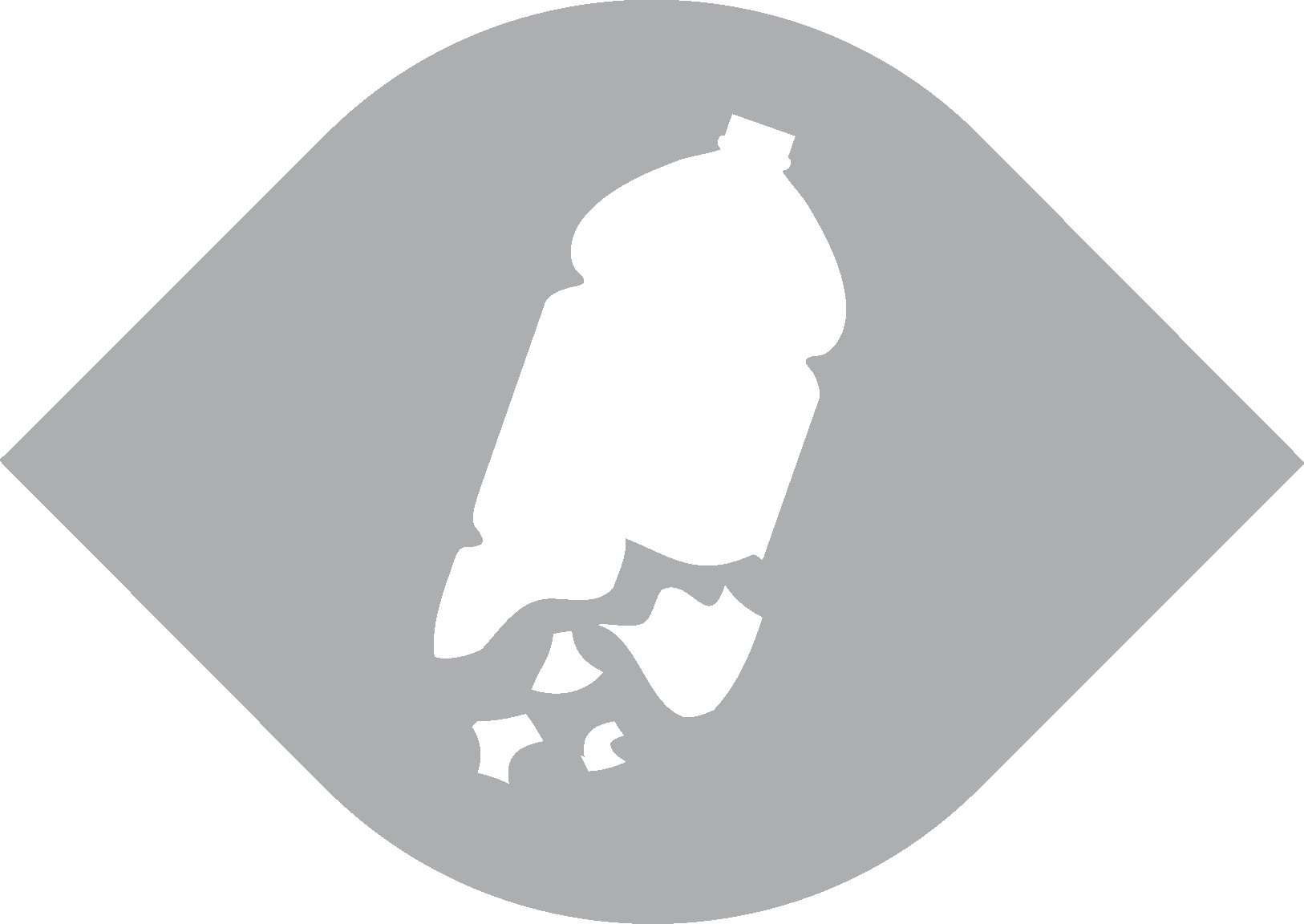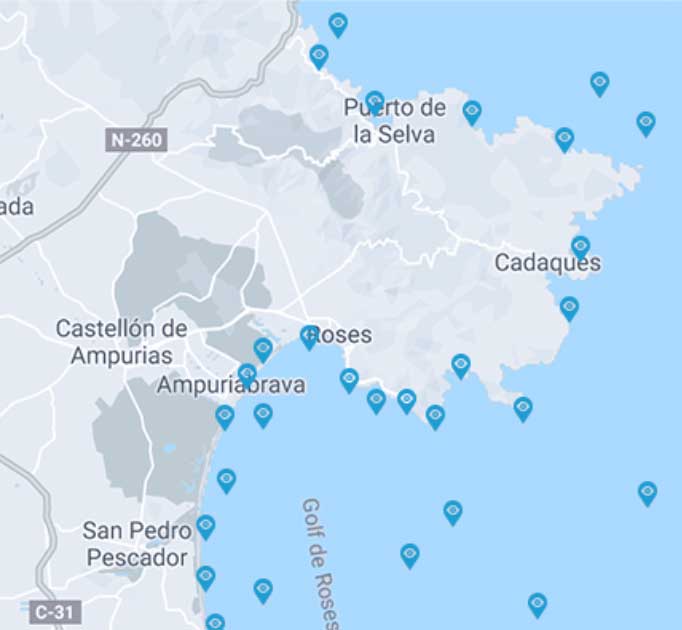Microplastic Watchers
Lo que el mar nos devuelve
Lo que el mar nos devuelve

Más del 60% de los residuos que se acumulan en los mares y las costas del planeta son plásticos. Este material es muy persistente pero además tiende a fragmentarse en partículas cada vez más pequeñas llamadas microplásticos que pueden entrar a la red trófica al ser confundidos por alimento por algunos organismos marinos.
Marco científico
Desde centros de investigación, escuelas y otras instituciones se trabaja en el diagnóstico y sensibilización de este problema global. Para ello, se recogen datos de presencia y abundancia de microplásticos en playas.
Así puedes implicarte
Si eres un centro educativo, una asociación u otro colectivo, implícate de lleno en la investigación y el seguimiento de los microplásticos en las playas de la red de muestreos. El diagnóstico sobre su acumulación da visibilidad al problema del microplástico y a sus efectos en el ecosistema.

Equipo científico

Luis F. Ruiz-Orejón
SOCIB

Gemma Agell
CEAB-CSIC

Cristina Puig
Museu Marítim Barcelona

María Vicioso
ICM-CSIC
